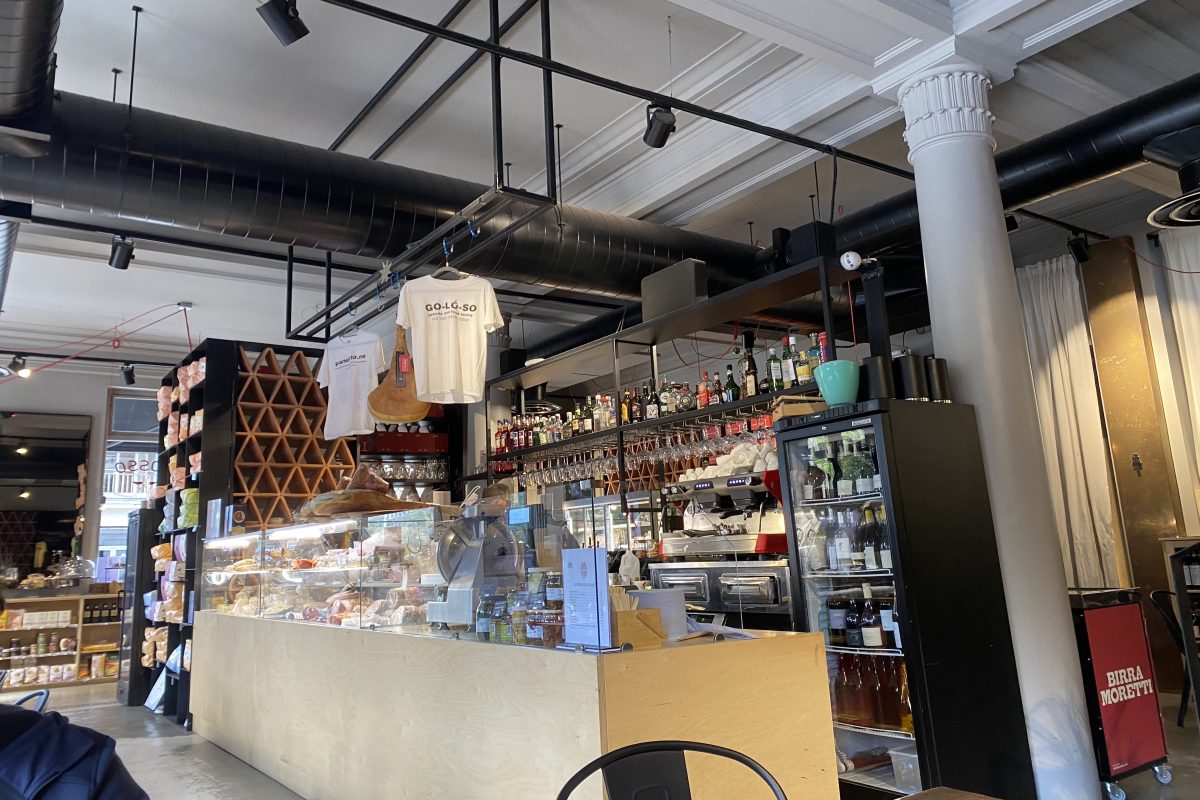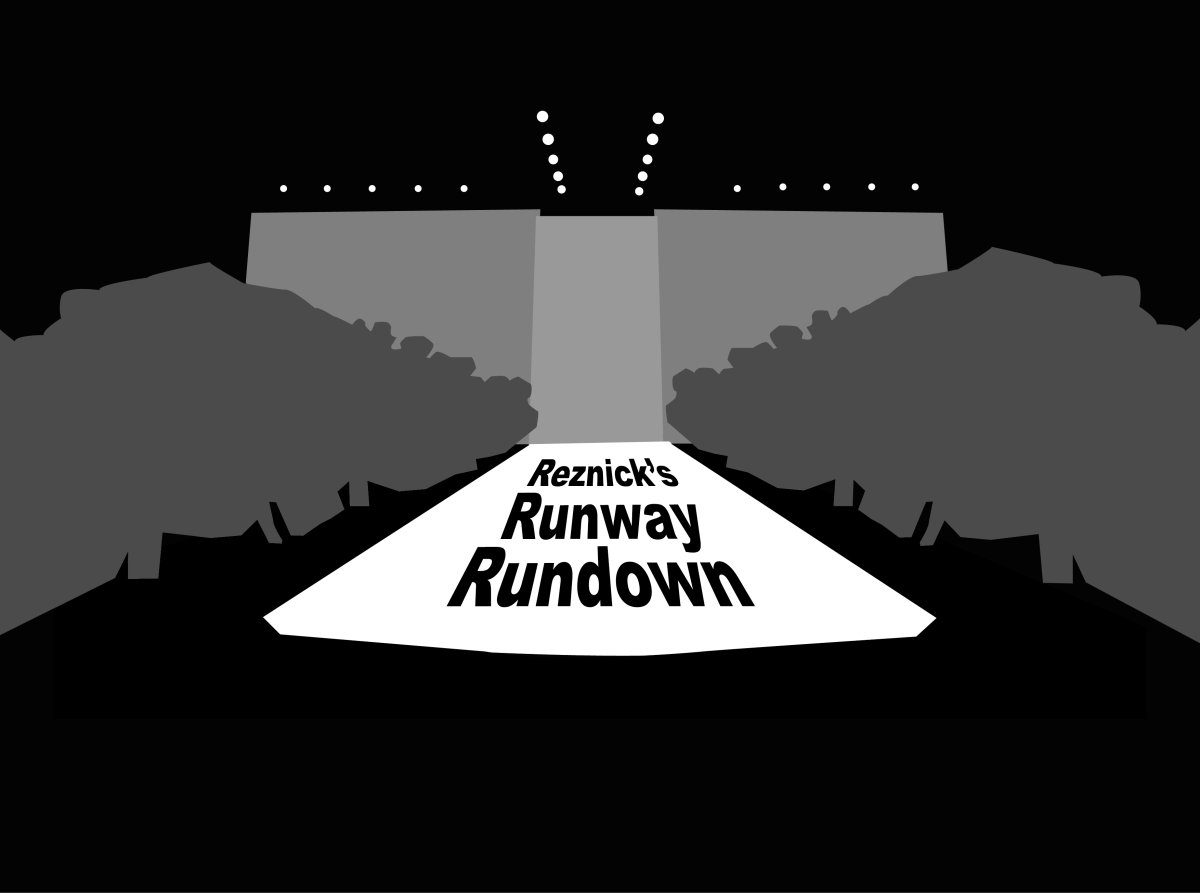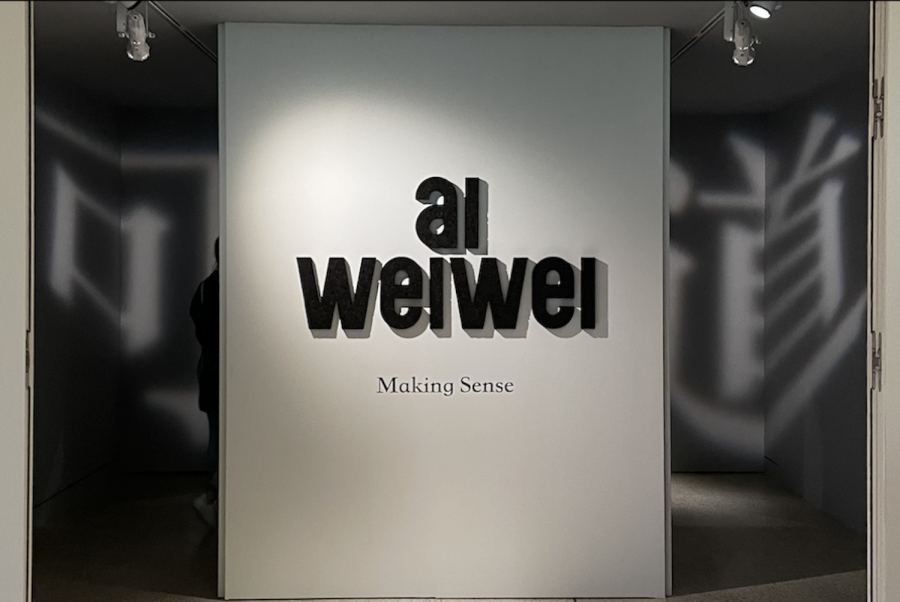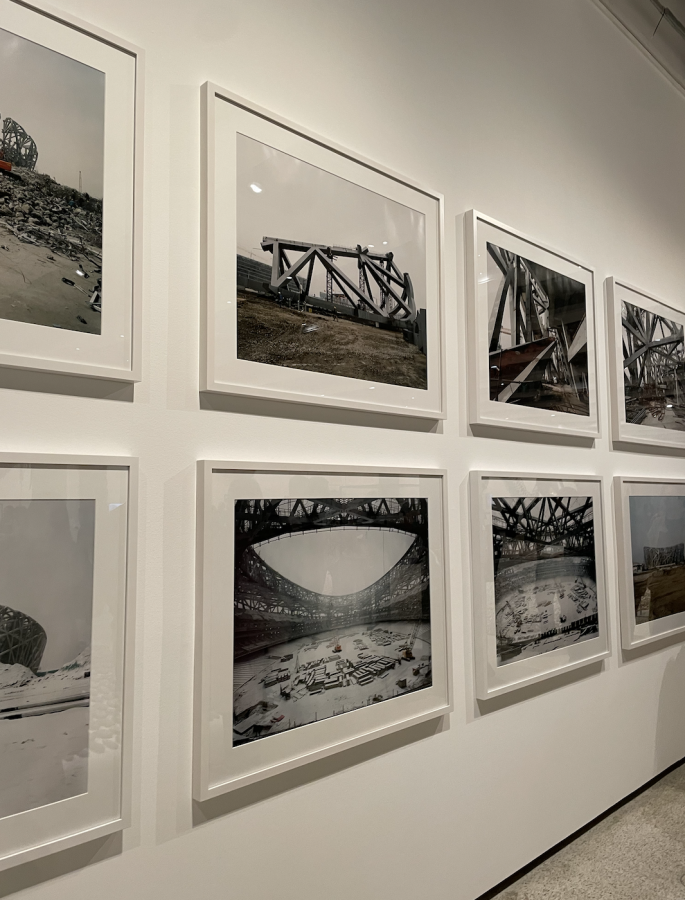Ai Weiwei’s exhibition “Making Sense” is on display at the Design Museum April 7 to July 30, focused on revealing our changing values within humanity, art and activism.
Weiwei, a Chinese artist, filmmaker, architect, collector and activist, explores various mediums of art in his exhibition, such as photography, architecture and ancient artifacts in addition to a wider collection of items. China’s urbanization and development across the last 30 years inspired Weiwei to create the exhibit.
Weiwei was born in Beijing in 1957 and was later sent to a labor camp as an enemy of the Cultural Revolution. His family lived in exile, possibly contributing to his outlook on culture. Weiwei attended the Beijing Film Academy from 1978 to 1981 then relocated to New York to attend the Parsons School of Design, according to the Guggenheim.
Developed in collaboration with the artist, this exhibition is the first to present his work as a commentary on design and our evolving morals, according to the Design Museum.
WeiWei argues that through material culture, we find what we value, which widened my perspective of true value in a world of mass production and consumerism. His exhibition, driven by his social activism and criticism of the Chinese government, highlights conceptual art, curating, installation and photography.
Through collections of various Chinese artifacts, WeiWei expresses history that has been neglected or erased. Using varying artifacts in vast quantities, from Stone Age tools to Lego bricks, Weiwei strives to interpret cultural sensibilities and significance that have been lost, particularly in Chinese culture.
The exhibition takes place on the ground floor of the Design Museum, which could not be a better fit for the breathtaking exhibition. The theme of consumerism and design found in everything is even further highlighted by the architecture of the building. When you enter the museum, there is an array of random objects ranging from teapots to shoes to variations of telephones open to the public. The value of design is demonstrated at the museum through the arrangement of the art pieces, and the very concept of the open museum showcases the exhibit’s overarching themes of consumerism.
Upon entering the room, I couldn’t help but notice the five “fields” of objects laid out on the floor of the gallery. Stones, broken mouths of porcelain spouts, shattered porcelain cannonballs, smashed porcelain sculptures and Lego bricks led me to wonder about the value behind these worthless items.
The first “field” I encountered was filled with broken pieces of deep blue porcelain. Though at first I thought the project was a waste of precious material, I opened my pamphlet only to read ahead of me was 200,000 pieces of cannonballs made during the Song Dynasty. The incomprehensibility of the waste of such high-quality material was shocking until I understood Weiwei’s meaning behind using these materials: mass production and consumerism can be remade into a design with meaning.
A few moments later, my understanding was contradicted with the sight of an extensive pile of Lego bricks contrasting the high quality porcelain. These modular building blocks make for a metaphor of the mass production and construction in China.
Two other large piles of porcelain pieces lay on the ground of the room. One was made up of fragments of Weiwei’s sculptures that were destroyed when his “Left Right” studio in Beijing was demolished by the Chinese state in 2018.
The remnants brought my attention to how the Chinese state reacted to Weiwei’s advocation for freedom of speech through artistic expression. Turning destruction into a beautiful art form, Weiwei found freedom of speech through his incomplete structures.
The final pile of porcelain was composed of 250,000 spouts from teapots and wine ewers from the Song Dynasty. The large amount of spouts represent the scale of production in China, even thousands of years ago. If the spout was not perfect when made, it would be broken off, which I interpreted as a statement against perfectionism. The way WeiWei finds worth in each spout, even after being deemed imperfect and unusable, shows the value of each piece in a world of overuse and consumerism.
On the side there is an array of chisels, knives, spindle whorls and axe-heads dating back to the late Stone Age to represent the mass production of technologies. Weiwei found the pieces in flea markets, and allows the viewer to visualize layers of forgotten history by arranging nearly 4,000 of them on the ground.
The thousands of different shapes, colors and tools create a sense of unimportance and distorts their historical significance, but achieves Weiwei’s mission to bring the loss of design value to our attention. An artifact that exemplified this technique of feeling overwhelmed by the art itself was a large array of red and white stamps hung on the wall. I was taken aback at the thorough detail on each and every stamp.
Through the design of the exhibit, it seems that WeiWei’s belief in the value of art lies in its potential to give form to our memories and experiences. This concept is revealed through the Nian Nian Souvenirs made of red and white ink and paper. Each bears the name of one of the 5,197 schoolchildren who died in the 2008 Sichuan earthquake. Using ancient script in a hand-carved jade seal, he stamped each of these children’s names in order to give them value and memory. The red elements pay an ode to Chinese culture, in which the color is considered lucky.
Other pieces at the exhibit supported Weiwei’s theme of design value in history, and continuing the worth to now. His goal is to give these things worth even if some deem the objects to be invaluable, as a result of urbanization in our society. For anyone who is interested in the meaning of value in our society, this exhibition is worth a visit as it will truly open your eyes.






